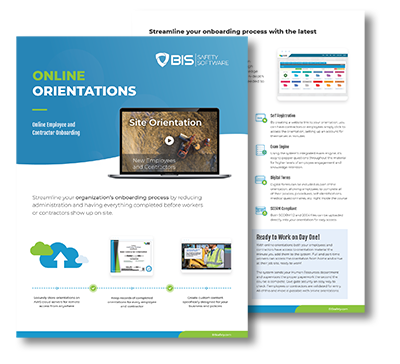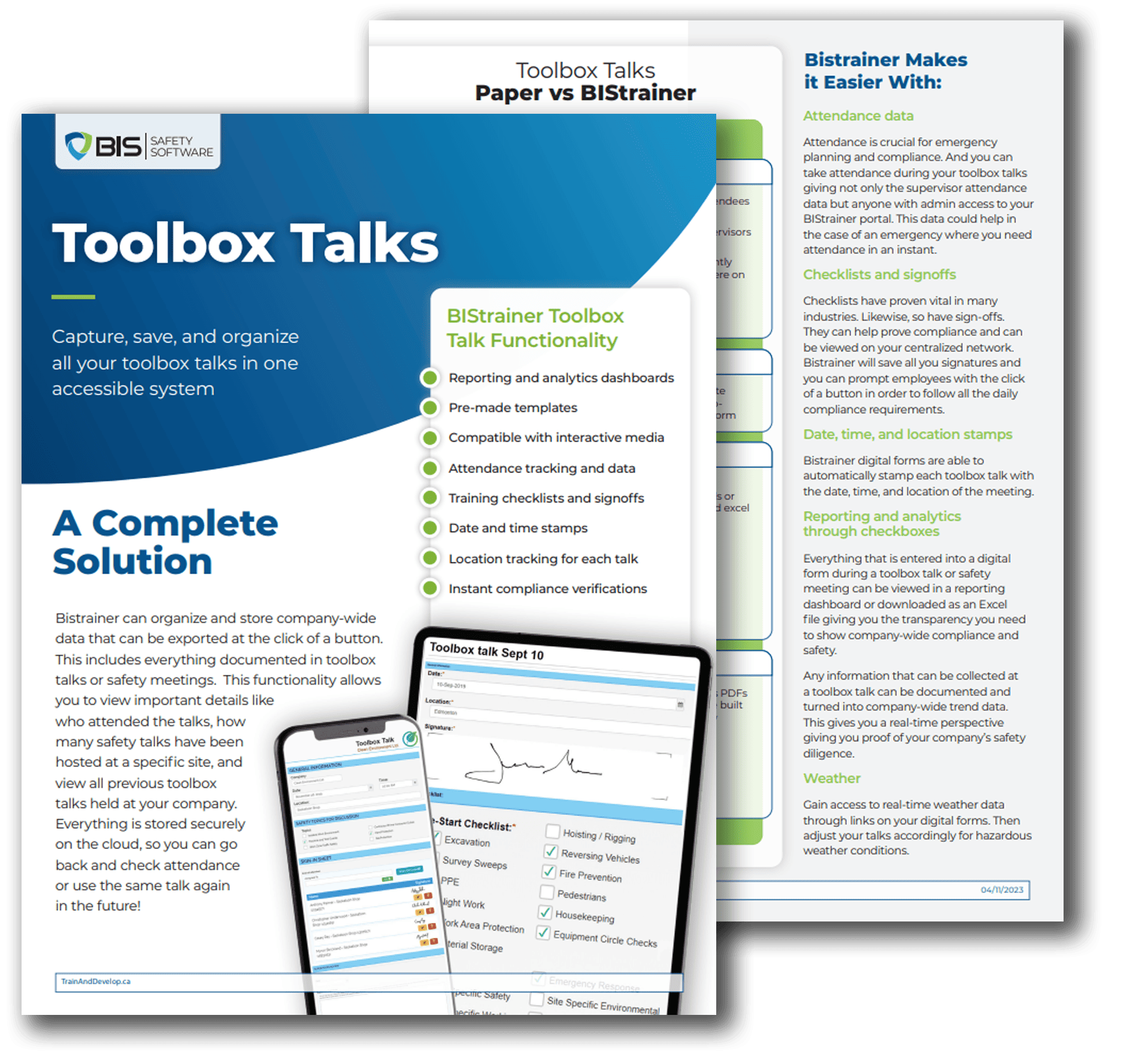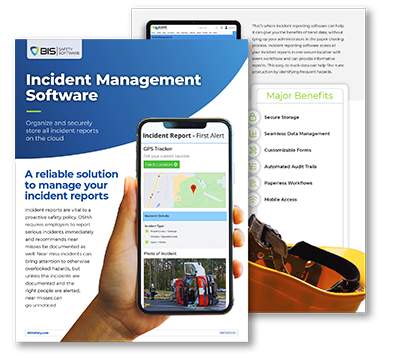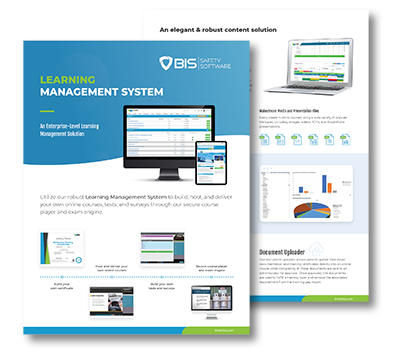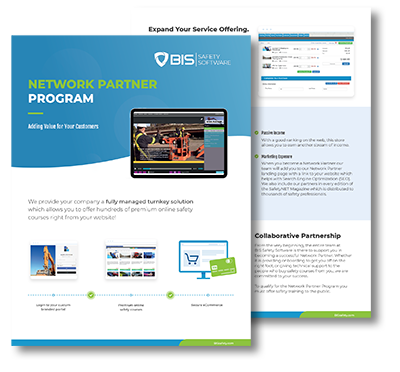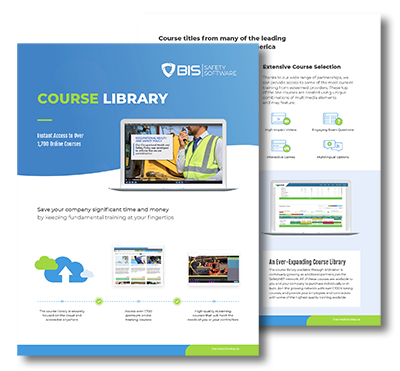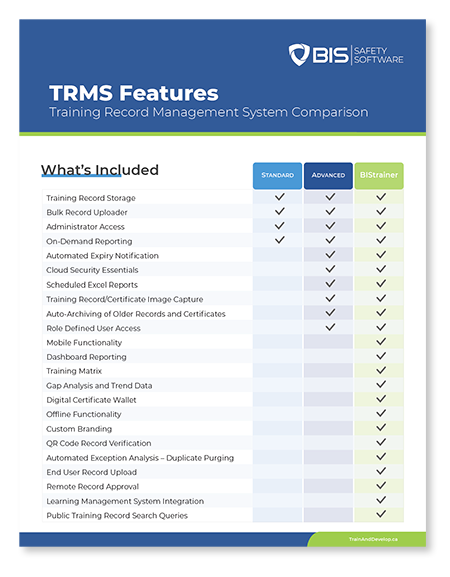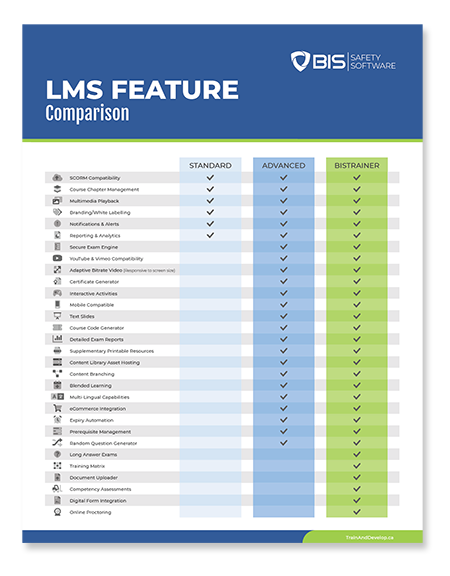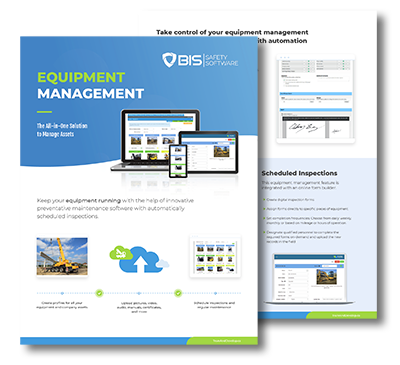Conflict De-Escalation Techniques
Conflict De-Escalation Techniques
Recognizing and Removing Biases – One of the first steps in conflict de-escalation is approaching that conflict with a clear head and open mind. This video will help you recognize and eliminate any attitudes or preconceived notions that might otherwise hamper your ability to have a calm and rational conversation. You’ll also learn a secret about pandas that might help you avoid catastrophe. Enjoy!
Active Listening – Knowing how to listen to others is perhaps the most important conflict de-escalation technique there is. This video will show you what active listening is, and also what it isn’t since those examples are rather amusing. And since listening is a non-verbal skill, we also included some other non-verbal techniques here. In fact, we packed so much stuff in this video you’ll wonder how the whole thing doesn’t explode at the end. (Answer – because we didn’t have the budget for it.) Enjoy!
Developing a Solution Mindset – One way to handle conflict is to yell and scream until others get tired of arguing or flee the scene. Another way is to focus on finding solutions to the issue and finding a smooth and enjoyable way forward. This video will teach you how to do the latter. Although you’ll also see what happens when you ignore a solution mindset in favor of anger and name-calling. Brace yourself, though – it isn’t pretty.

Providing Constructive Feedback Course Topics
This online Conflict De-Escalation Techniques course covers the following topics:
- Techniques for recognizing and removing any biases you may have that can influence your perception of a situation.
- Multiple verbal and non-verbal skills that are useful in de-escalating most situations (and a few techniques you should avoid because of their tendency to increase tension and discord.)
- How to develop a solution mindset and focus on solving problems rather than winning an argument.
Universally Compatible

Duration
Average Completion Time
Completion times vary depending on the number of times the information is viewed prior to finishing the course. The average completion time is 15 minutes.

Testing
Knowledge Assessment
Testing is conducted in this online course to reinforce the information presented. You are provided three opportunities to achieve a passing mark of 80% or greater.

Certificate
Certificate of Completion
Upon successful completion of this course, a certificate will be available to download and print. You can access your certificate through your online account.






















